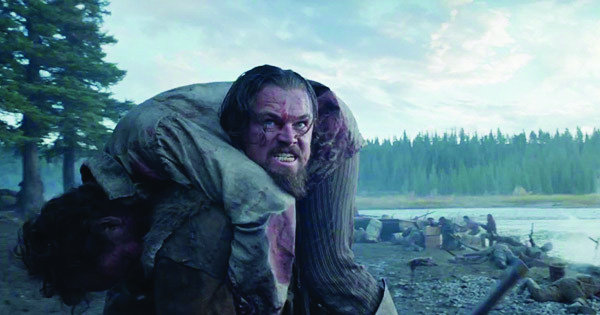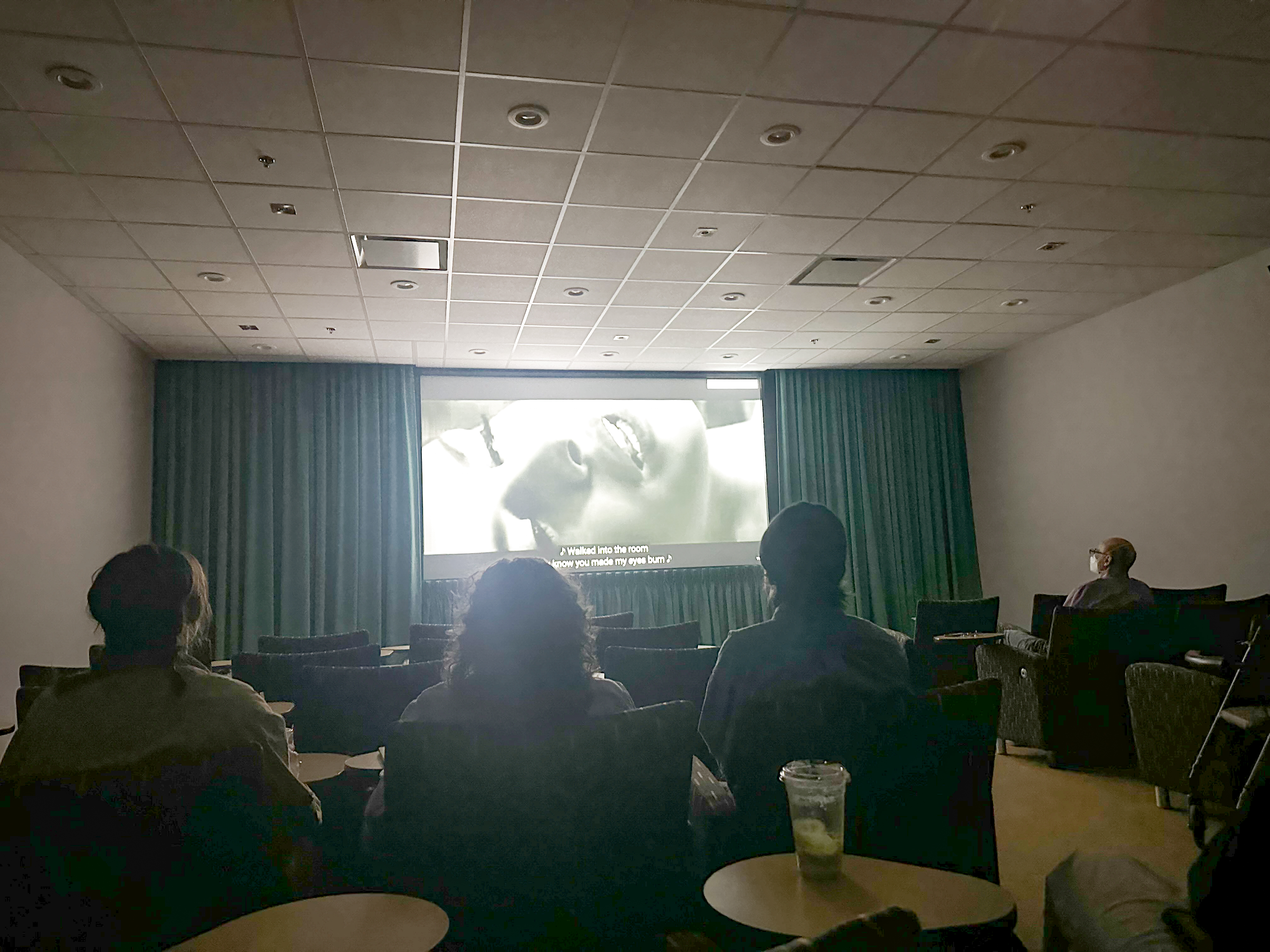Matt Rooney
mrooney3@uwyo.edu
Walking out of The Revenant there is one major takeaway, wrapped around one lingering, awe-inspiring question: How the hell did he do that? “He” of course refers to director Alejandro G. Inarritu and “that” would be every single frame of this epic tale. The task seems so tremendous that Neil DeGrasse Tyson should have to walk onto a starlit sound stage to explain its possibility.
Continuing with what he learned on Birdman, Inarritu uses breathtaking panoramic shots to sway and swoosh the camera around an environment. He hits the ground running and lightning fast speed by starting out the movie with a beautifully horrifying ambush scene that has earned its place among the likes of Saving Private Ryan as one of the best openings in modern film.
So few directors are able to shoot their scenes and have so much going on in one shot. There’s not simply what’s going on in front, but an entire battle sequence happening all around. We see John Fitzgerald (Tom Hardy) being attacked by an indigenous warrior, then panning up to Hugh Glass (Leonardo Dicaprio) carrying a wounded companion onto a rickety boat. Inarritu and cinematographer Emmanuel Lubezki glide the camera around the entire gory battlefield. So much is going on at once. To reiterate: How the hell did he do that?
What follows is a cinematic expose of humankind’s greatest enemy: Nature. Inarritu gets shots with so much breathtaking awe and scope that, like The Martian, you have to remind yourself it was all shot on Earth. Lush green forests, heaven-scaling mountains, thunderous winter storms. The cast and crew have famously said this was the hardest shoot they’d ever done. At least it didn’t go to waste.
But it’s not just the beautiful locales Inarritu captures, but also the hell that awaits within them. Beasts, the weather and even man pose the greatest threats—and they are brutal. No punches are pulled in illustrating the harshness of the world. Blood is spent, and not gleefully so. The violence here is immense and realistic, even haunting. Whether its combat violence or nature driven, like when we see Glass copy a scene from Empire Strikes Back in lurid closeness, you are right there front and center to it all. It’s a film going experience so breathtaking it truly isn’t for everyone. It makes you work for it and give as much as everyone on screen.
The story—one of Glass having to endure all the elements after he’s attacked by a bear then being left for dead by Fitzgerald—is a simple tale told with breathless scope and brutality. But it’s still a simple tale. Over the course of two and a half hours we see Glass move from one terrain to the next trying to find Fitzgerald and exact his revenge. The tone of “just surviving” is much like that of the first rule of survival: Just staying put. Even though each shot is more astonishing than the last, the story itself tends to suffer.
The clock is the only thing that tells us Glass is getting closer to his goal. There’s little to allude to that Glass is actually progressing towards something. He just crawls and limbs from one area to the next with a monotonous and dreary, yet elegant, but still monotonous and dreary style. Mix all that in with the cold of the mountains and everything starts to become rather…sullen. The story is just too simple for this length. Even though there a lot for him to do, like heal his wounds and stare into the vast beauty of the mountains, it can’t help but feel self-indulgent. Granted, with that landscape it has reason to be. It’s a lot like Kanye West. He is a bit full of himself, but then you listen to Gold Digger…
But through it all Leo gives his most committed work. Nothing about his work here is easy. Being covered in pounds of makeup, having to force terror and anger while being paralyzed, and braving the real environments are the high-points in his body of immensely immersive performances. There has never been and never will be a performance like this in a movie like this ever again. Like nature it is unique unto itself. The role required intense amounts of resolve, emotion and dedication on top of being all about physicality—as the lovelost, revenge-fueled persona of Glass is a bit tried. Not many people would get into freezing water, but Dicaprio does it with adapted resolve. The man doesn’t even flinch. Anyone who still thinks of Dicaprio as a pretty boy leading man will soon feel emasculated. No matter how many wings you eat or hours of football you watch while doing karate you will never again feel you’ll have as much hair on your body anymore.
The Revenant is a movie about moments as much as it is about survival and the human spirit. Inarritu and Dicaprio both take their jobs from moment to moment making each more beautiful than the last. Unlike the amazing visuals, the story their playing in isn’t much to behold, but together these two men make each moment count and make it look as breathless as possible, ending on a beautifully violent and cathartic note that will leave you asking, “how the hell did they do that?” It’s a hard movie to watch, but those willing to brave its cold, often sluggish terrain will find something to awe at, even if it’s just Leo’s beard.



